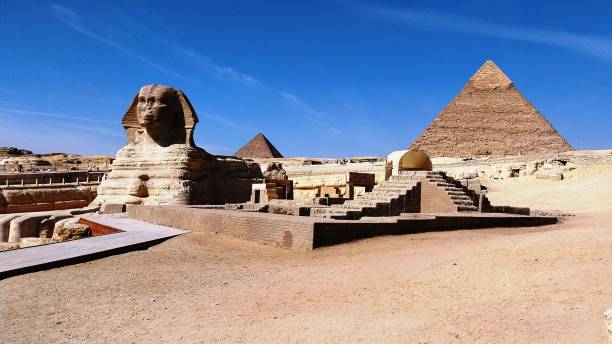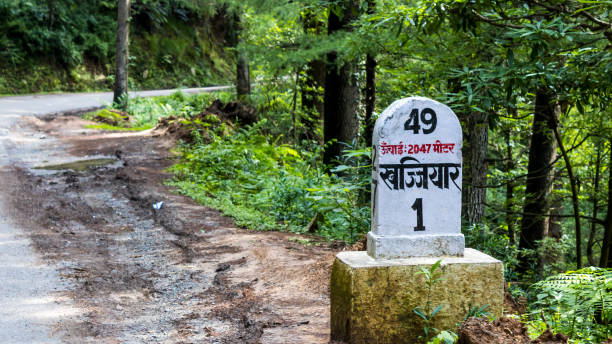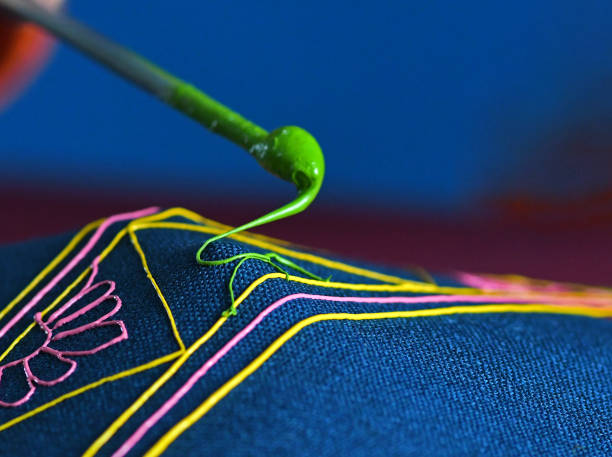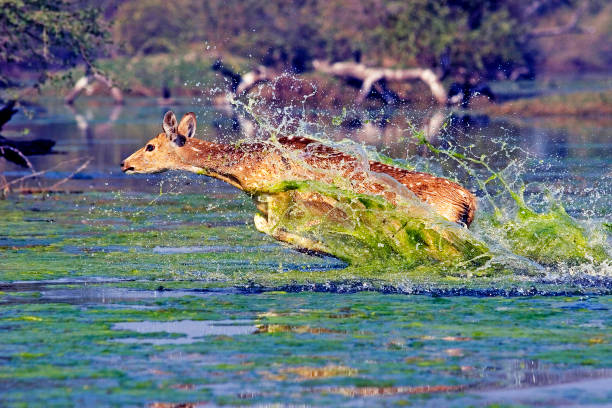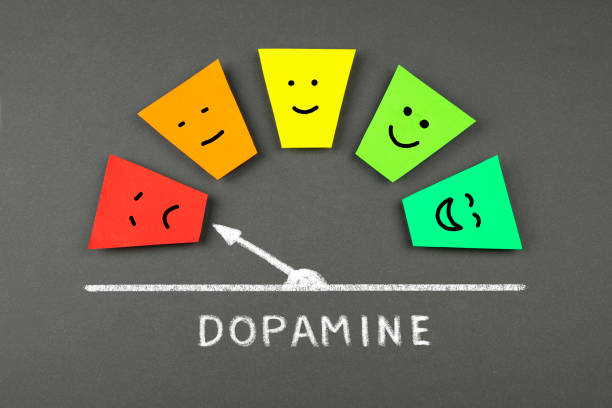Unlocking the Past: The Science of Carbon Dating
How Carbon Dating Reveals the Ages of Ancient Artifacts and Organisms

Dating with Carbon
A scientific technique called carbon dating can be used to estimate the age of biological materials up to 60,000 years old, such as wood, bone, or plant remains. Its foundation is the decay of carbon-14 (14C), a radioactive isotope of carbon.
The Operation of Carbon Dating
Carbon-14 Formation: Cosmic rays mix with nitrogen atoms in the atmosphere to create carbon-14. Carbon dioxide is created when this carbon-14 combines with oxygen.
Organic Absorption: Living things, such as plants and animals, exchange carbon with their surroundings on a constant basis. This indicates that their tissues contain both radioactive carbon-14 and stable carbon-12.
Death Following Death: An organism ceases exchanging carbon with its surroundings when it dies. At a predictable rate, the carbon-14 in its tissues starts to break down into nitrogen-14.
Carbon-14 Measurement: Scientists can determine how long ago an organism died by calculating the quantity of carbon-14 that is still present in a sample.
How Carbon Dating Works 
Carbon dating fulfills a number of crucial purposes:
Archaeology: It gives archaeologists information about the previous human activities and civilizations by assisting them in determining the age of objects like tools, weapons, and structures.
Paleontology: It helps paleontologists date plant and animal fossils, which advances our knowledge of evolutionary history and former ecosystems.
Geology: By dating organic compounds discovered in rock layers, it helps geologists examine past geological events and climate changes.
Additional Fields: Applications for carbon dating can be found in forensics, environmental science, and anthropology.
Carbon Dating's Limitations 
Age Range: Materials up to roughly 60,000 years old are most suited for carbon dating. The amount of carbon-14 that remains after this age is too little to detect precisely.
Contamination:The dating results may be impacted if the sample contains younger or older carbon.
Premises: The foundation of carbon dating is the idea that the atmosphere's carbon-14 to carbon-12 ratio hasn't changed over time. However, variations in this ratio may cause the dating to become questionable.
Notwithstanding its drawbacks, carbon dating is nevertheless a useful method for learning about the past and is constantly being enhanced by developments in science and technology.















